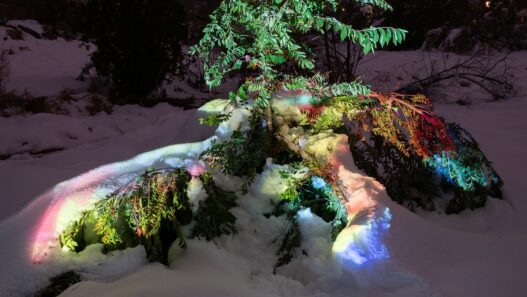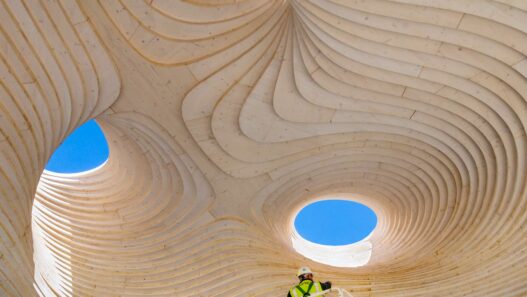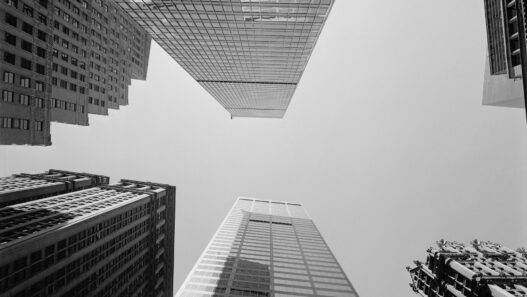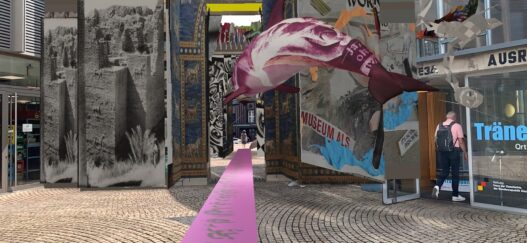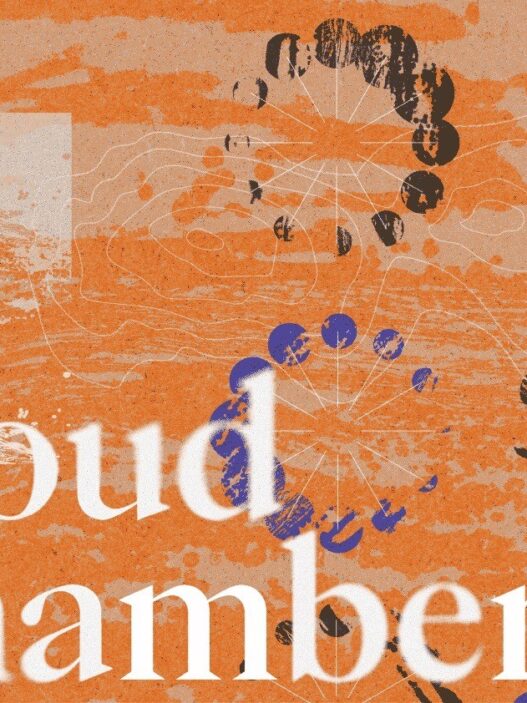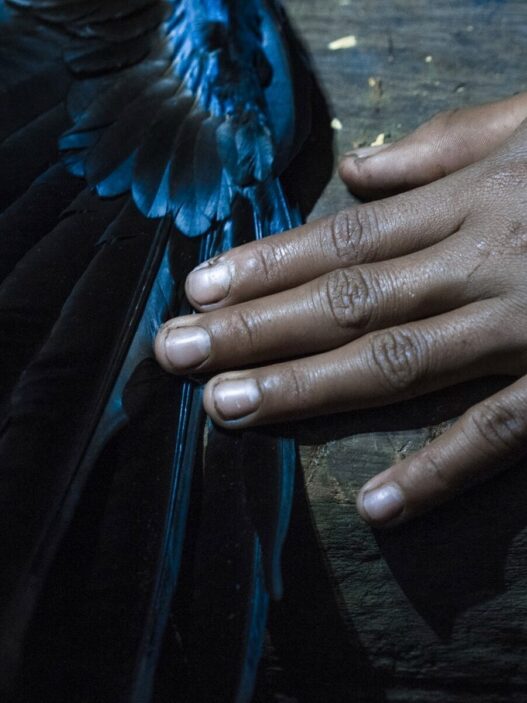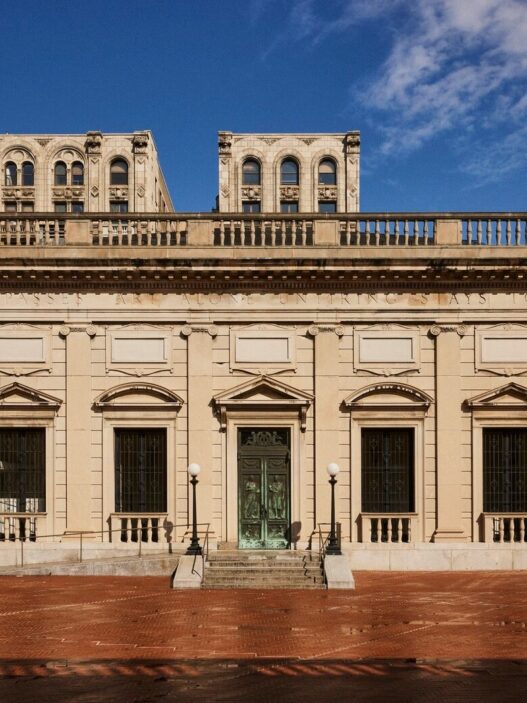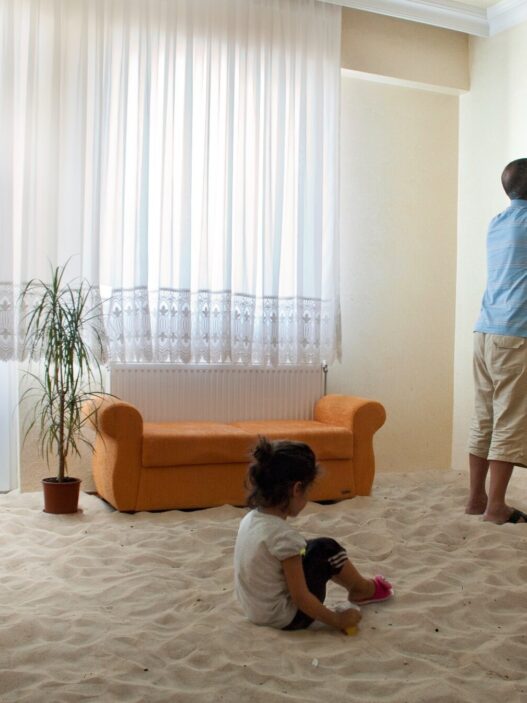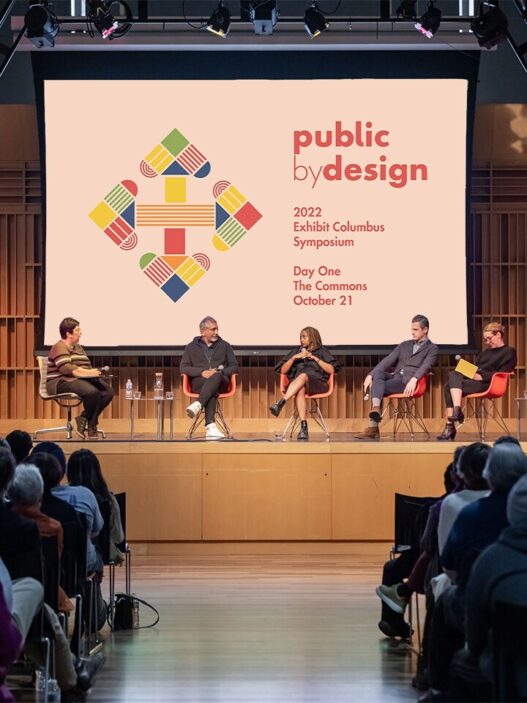An Alternative Monument for Germany
Unveiling day at Kottbusser Tor
September 8, 2024, 4pm
Berlin is set to unveil a unique and innovative monument that challenges traditional notions of remembrance and representation in public spaces. The Alternative Monument for Germany (ADfD), conceived and curated by Siska, Mikala Hyldig Dal, and Emanuele Valariano, will debut on September 8, 2024, at 4 p.m. at Kottbusser Tor, Admiralstraße 1, 10999 Berlin. This project, grounded in community involvement, aims to commemorate the stories of migration and exile by blending digital and physical public spaces.
The ADfD project is not just another static monument. Instead, it represents a dynamic, evolving work of art that seeks to address the complexities of migration, identity, and representation in contemporary society. Over the past few months, a diverse group of artists, scientists, activists, and community members have collaborated to create a monument that actively engages with the experiences and histories of marginalized groups, particularly queer, feminist, and migrant communities.
A Monument Against Racism and Xenophobia
The ADfD was conceived as a response to the increasing prevalence of racist and xenophobic discourse surrounding migration in Germany and the European Union. At its core, the monument stands as a symbol of resistance against such harmful narratives, instead fostering a space for inclusivity, empathy, and the celebration of diversity.
By engaging with public spaces and art, the ADfD hopes to shift the conversation around migration away from fear and division and toward understanding and solidarity. Through community gatherings, workshops, and lecture series, the project seeks to involve the public in a meaningful way, ensuring that the monument reflects a wide range of voices, identities, and experiences.
Combining Digital and Physical Spaces
One of the most innovative aspects of the ADfD is its use of augmented reality (AR) to create a monument that exists simultaneously in both digital and physical spaces. Visitors will be able to access the monument via the Monuments AR app, which can be downloaded by scanning a QR code at any of the designated locations or visiting the project’s website.
This decision to incorporate AR into the monument serves multiple purposes. It not only challenges the traditional form of monuments, which are often rigid and unchanging, but it also allows for a more flexible, accessible, and inclusive form of commemoration. The digital nature of the monument ensures that it can continuously evolve and expand, incorporating new stories and perspectives over time.
The Ishtar Gate as a Symbol
At the heart of the ADfD project is the symbolic use of the Ishtar Gate, one of the most famous artifacts of ancient Babylon. Originally constructed around 575 BCE, the Ishtar Gate once stood as a symbol of Babylon’s imperial power and cultural legacy. Today, however, it is housed in Berlin’s Pergamon Museum, far from its original context in present-day Iraq. This displacement is emblematic of the larger histories of cultural plunder and forced migration that the ADfD seeks to address.
By incorporating the Ishtar Gate into the monument’s design, the curators are drawing attention to these histories of displacement, appropriation, and loss. The gate serves as both an architectural base and a powerful metaphor for the ongoing struggles of marginalized communities to reclaim their identities, stories, and cultural heritage.
Launch and Locations
The ADfD will be accessible at several key locations in Berlin, each chosen for its historical and cultural significance. Visitors will be able to experience the monument at Kottbusser Tor, Hauptbahnhof Washington Platz, Tränenpalast at Friedrichstrasse, and Alexanderplatz. Each of these locations plays a unique role in the narrative of migration and exile, offering visitors a chance to reflect on the diverse experiences that have shaped Berlin’s identity over time.
The launch event on September 8 will feature a public unveiling of the monument at Kottbusser Tor, followed by a series of talks and discussions with the curators. Dalia Maini, editor of Arts of the Working Class, will moderate a conversation with the curators, offering insights into the conceptualization and development of the monument. Additionally, a public tour of the monument will be offered during Berlin Art Week, providing attendees with an opportunity to engage more deeply with the project (further details to be announced).
A Collective Approach to Public Remembrance
One of the driving forces behind the ADfD is its emphasis on collective memory and shared experiences. The project was developed through a series of open calls that invited artists, scientists, activists, and citizens to come together and imagine an alternative form of commemoration. This collaborative approach reflects the curators’ belief that the stories of migration and exile should not be told by a select few but should instead be shaped by the voices of those who have lived through these experiences.
By fostering a space for dialogue and collaboration, the ADfD aims to expand the culture of public space remembrance, making it more inclusive and representative of the diverse communities that have contributed to the shaping of contemporary Germany.
A Monument for the Future
As Berlin prepares for the unveiling of the ADfD, the monument’s curators hope that it will inspire others to rethink the role of monuments in public spaces. By combining digital and physical elements, embracing inclusivity, and fostering community involvement, the ADfD stands as a forward-thinking model for how we can collectively commemorate the past while also looking toward the future.
As this evolving monument continues to grow and adapt, it will serve as a powerful reminder of the importance of empathy, understanding, and the recognition of all stories in shaping the culture and identity of our shared public spaces.


